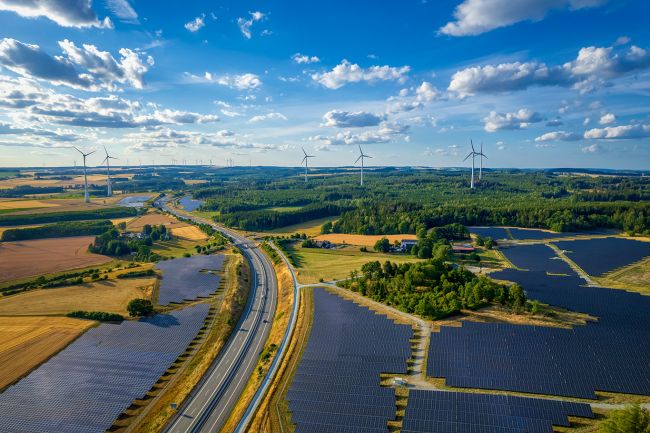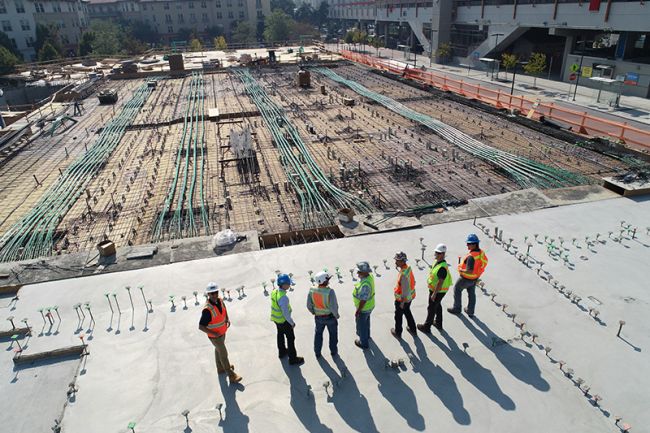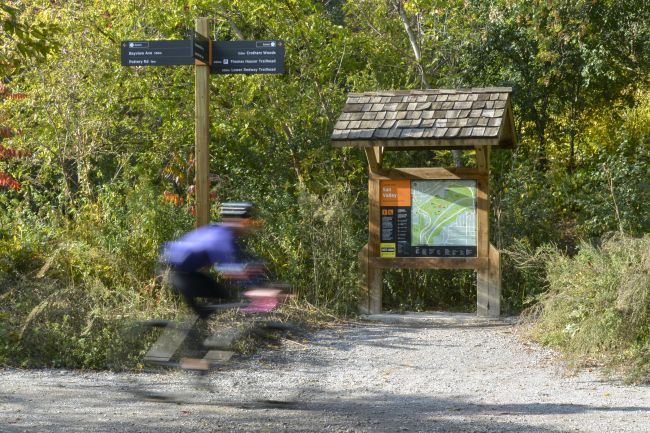Can our understanding of cities and ability to reimagine the built environment provide for a better quality of life?
Being overweight or developing obesity is an all-too-common condition that often sneaks up on many of us.

Being overweight or developing obesity is an all-too-common condition that often sneaks up on many of us; it’s a matter of incrementally putting on small amounts of weight over a prolonged period of time. Couple this with environmental changes such as increasing urbanisation that impacts on our eating habits and behaviours, and it is clear to see how these can have significant health consequences over time.
The facts (Source: World Health Organisation, 2018)
- Worldwide, obesity has nearly tripled since 1975.
- In 2016, more than 1.9 billion adults (18 years and older) were overweight. Of these, over 650 million were obese.
- 39% of adults aged 18 years and over were overweight in 2016, and 13% were obese.
- Most of the world's population lives in countries where overweight and obesity kill more people than being underweight.
- 41 million children under the age of 5 were overweight or obese in 2016.
- Over 340 million children and adolescents aged 5–19 were overweight or obese in 2016.
What causes obesity and overweight?
The fundamental cause of obesity and overweight is a simple imbalance between the number of calories we consume and the energy we expend. The history of humans has been marked by the desire to develop labour-saving devices and shortcuts – with the primary goal being to make life easier – with the search for convenience continuing at an inexorable pace. Simply put, there has been a significant increase in physical inactivity due to the increasingly sedentary nature of many forms of work, changing modes of transportation, and increasing urbanisation, which is only set to increase.
According to the UN, around 55% of the world's population is thought to be living in an urban area or city, and with that figure set to rise to 68 per cent over the coming decades, we need to ask the question; how can we address the issues of obesity and overweight, and what role can design play to reverse this imbalance in our cities?
Do our city’s drive us unconsciously toward unhealthy eating habits?
The evolving nature of our urban lifestyles means a greater number of meals are being eaten outside of the home, often by people on the go. In short, urban dwellers tend to value and pay for convenience foods more than their rural counterparts (International Food Policy Research Institute 2017), which is not an issue.
In addition to this, a visible increase in the location and density of takeaway and convenience food outlets is significantly greater, and this is especially so in more deprived areas where these prepared fast foods offer a cheap and easy alternative. Whether you’re living in London or Manchester, people are bombarded by messaging, signs, promotions, and opportunities to consume ‘unhealthy foods’ and, at the same time, are not incentivised or provided with the means to engage in physical activity, either direct or incidental.
While there have been significant changes in the design of our cities, it is likely that social factors and the physical design of our micro environments – local communities, streets, and centre – can play a key role in addressing issues of inactivity. This is where a reimagined approach to the built environment can help people more easily access and engage in healthier lifestyles.
What can we do?
Our aim is not to remove choice or availability; rather, our efforts should be focused on creating environments that make healthy practices the norm and on breaking the link between obesity and deprivation. Good design should be accessible to all. We need to be altering the physical aspects of our built environment – along with people’s perceptions of it – to ensure we have an impact on behaviour.
Our approach at Steer understands that design, education, and policy all have a part to play in shaping the future of cities and urban areas. We believe in a collaborative approach to addressing the issues our clients face, and as such, the principles we apply for reimagining our built environments reflect this:
- Provide for incidental physical activity.
- Create universal interventions that remove barriers to participation.
- Think of the place as a whole, and don’t try to firefight.
- Cater for the community as well as the individual.
- Don’t focus on education and messaging.
- Look for marginal gains over revolutionary approaches.
- Understand how all transport modes can play a part in people’s lives.
It is our aim that the design of neighbourhoods positively and meaningfully impacts people’s well-being while retaining local characteristics and avoiding the trap of ‘Gentrification’ and the feeling of exclusivity that comes with new developments.























